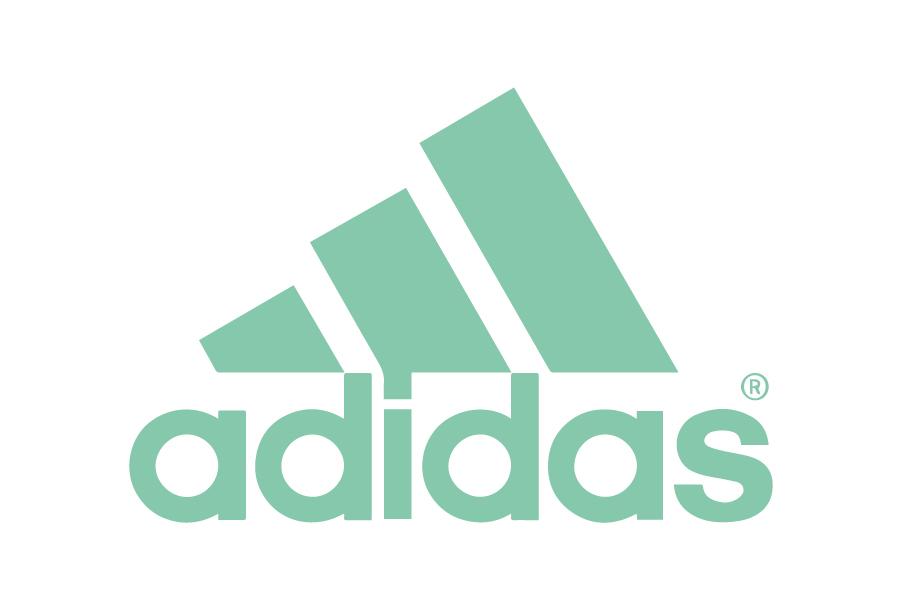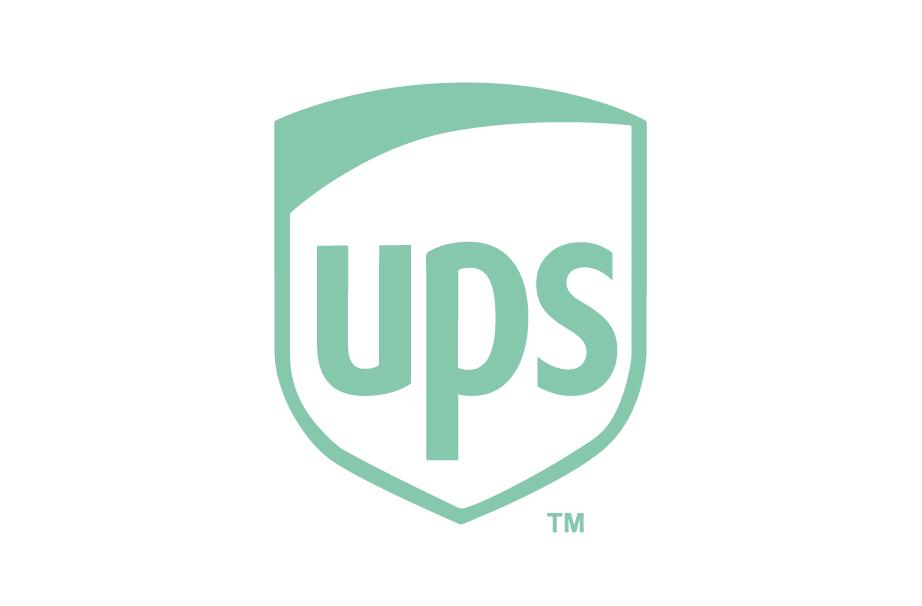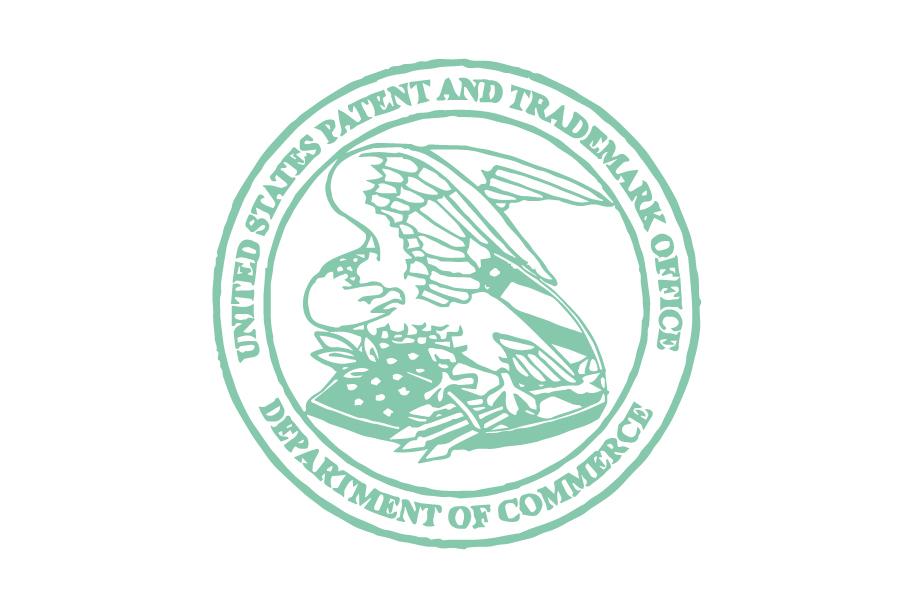




Trademarks protect your brand name, logo or slogan. When consumers see the name, logo or slogan, they can easily identify it with your business and not confuse it with any other business. There are 2 main benefits to registering your trademark:
1. To strengthen your own brand.
2. To protect your brand from potential harm, such as: a less desirable business hurting your brand; others diverting customers away from you; others trying to gain profit off of your efforts.
The "TM" symbol, such as shown to the left, is used when the mark is not officially registered. It can be used when the mark has been established and is being used to represent the associated business. Using it informs the public of an exclusive claim over the brand and provides limited legal protections.
The example to the right shows the use of the Encircled "R". This indicates that the mark has been officially approved and registered by a trademark authority such as the United States Patent & Trademark Office (USPTO).
The United States Patent & Trademark Office (USPTO) handles all trademark registrations as well as any litigation arising out of a trademark dispute. A USPTO registered trademark is protected throughout the United States. Registration will prevent anyone from registering a similar or confusingly similar trademark, regardless of where you conduct business, or how large or small your operation is. Registration will also provide legal protections against anyone attempting to use, and profiting from, your mark.
Each state in the United States has its own trademark registration office. Registering with a state only protects your trademark in that state. It is usually not necessary to register in a state because registering at the federal level will cover your mark in all states. There may be instances where you may not be able to register your trademark at the federal level, and then would fall back on state registration, but this is rare. The state process is similar to the federal process in terms of filing the application.
1. If registered, the trademark will only be protected from use by someone else for similar services, so you want the description to be broad to the extent you can prove it.
2. The way you describe it becomes important as to whether you can register it.
3. Your business is protected because only you can use that mark with the described service which strengthens your visibility and market power.
4. Your sample of use must be aligned with the way you are describing your goods and services. In other words, the way you describe it must actually be shown on the sample of use.
The USPTO has a very lengthy list online of services descriptions that you can choose from that are already approved for use by them, so it's best to use those. However, sometimes you can't, in which case you would come up with your own description. You may end up arguing about it, or they may make a suggestion to change the language.
A Sample of Use can be a screenshot from your website if you are using your website to sell the goods or services. It would not be accepted if the website is just informational.
Other things you can use include photographs of your product, product packaging, photos of your storefront or written materials that actually show how to order or prices (not merely informational).
A response from the USPTO typically takes 3-4 months.
Once they respond, you will receive a notice that is called an "Office Action". If your trademark was accepted, it will indicated "accepted" and it will officially register after awhile (could be months).
It might say it will not be registered for some reason. For example:
-the mark is too similar to other existing registrations (which they provide so you can compare)
-the mark is too generic (it has to be unique)
-the mark is merely description of the services
-other reasons.
"Even after searching, do not assume your mark can be registered. The USPTO does its own search and may still refuse to register your mark." - USPTO Website
A response to the Office Action can be filed online.
An examiner with review it and either agree or make new arguments as to why your mark cannot be registered.
Ultimately it is their absolute decision whether your mark will register or not.
There is an appeal process to a denial, but it is rare to win.
There are filing requirements at set times. You must pay attention to the deadlines for certain filings or risk losing your trademark protection.
These requirements are to reprove that you are still using the mark in commerce with the services or goods described.
These filings are necessary in order to keep the registration and protection.